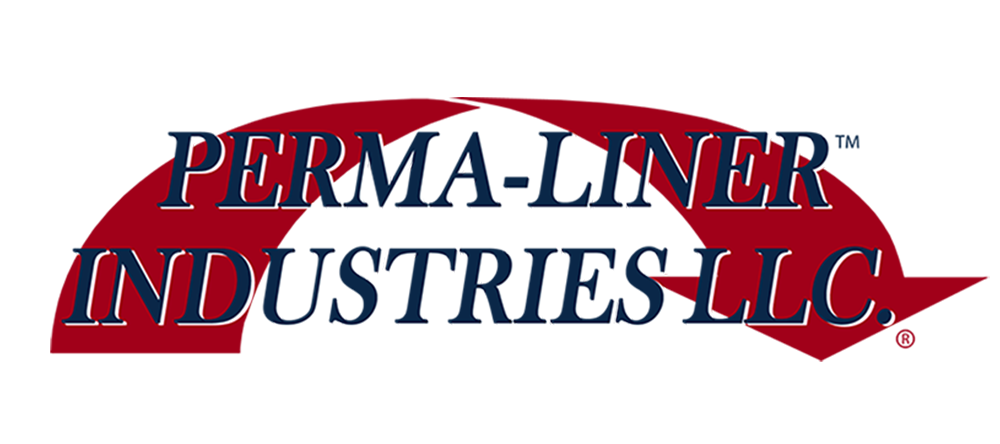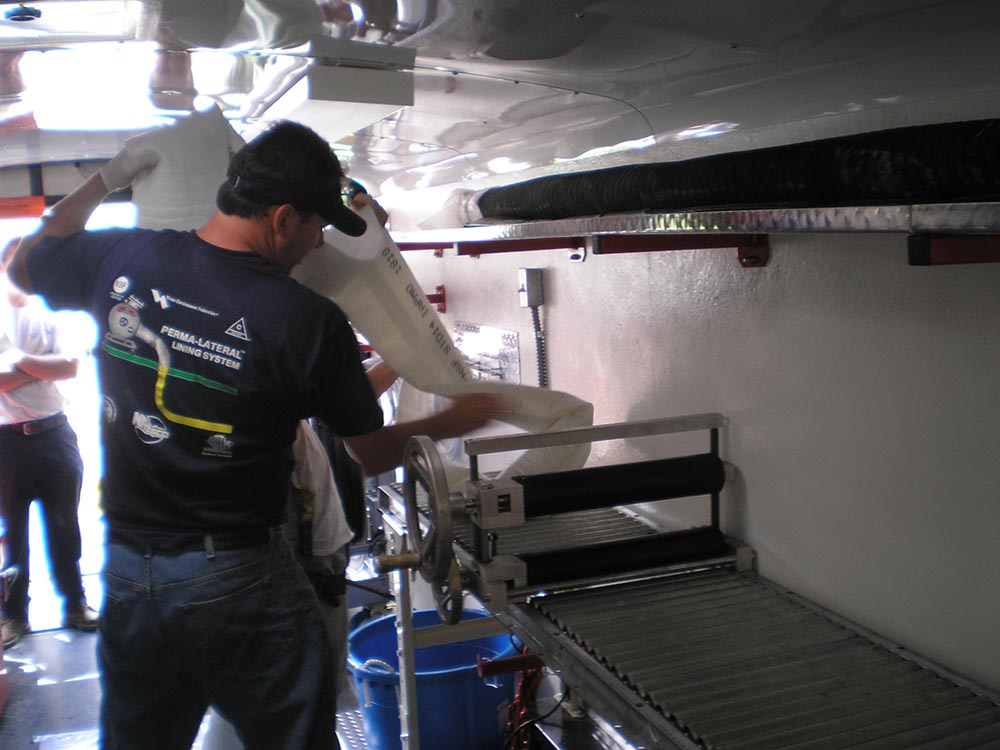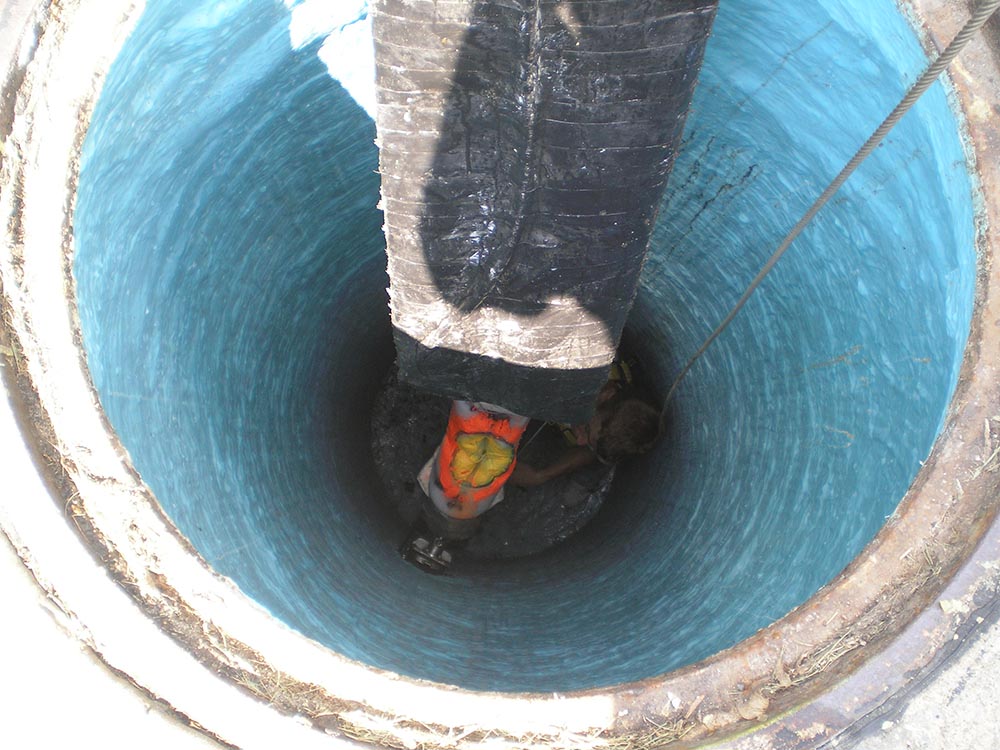Recent flooding has been an ongoing concern for residents of St. Louis and surrounding areas. Heavy rains have caused many properties to experience damages in the form of landslides, erosion and sewer backups. Additionally, just a few months ago, the rain set a record as the highest level, to date. With extensive rain persisting, if you happen to have a well, it can become a compounding problem. If your well has been flooded, the well and entire water system should be cleaned and disinfected. Floods can contaminate wells with silt, raw sewage, oil and disease organisms. There are a few first steps you’ll want to consider. Start by removing silt and debris from the well and examine the casing, motors and pumps, piping, electrical and other system components for damage. Consult a serviceman if damage is extreme or if you are unable to make repairs. To disinfect a well start by pumping the water until it is clear. Scrub and disinfect the pump room and wash all equipment with at least a 2 percent chlorine solution. Remove the well seal or plug at the top of the casing. Pour a solution of one quart of laundry bleach and 3 gallons of water into the top of the casing. Leave it there at least four hours, preferably overnight.
St. Louis, are you looking for an environmentally sound way to volunteer? How about the Great Rivers Greenway? The Metropolitan St. Louis Sewer District, and Missouri American Water are hosting the 8th annual Confluence Trash Bash, being held on Saturday, March 19, from 9 a.m. to 1 p.m. Area residents are invited to join cleanup efforts, helping to improve the condition of local waterways. To date, volunteers have removed more than 5,400 tires and about 100 tons of trash from area streams and rivers. Prizes will be awarded to volunteers who find the weirdest, biggest, and most expensive trash that morning.























